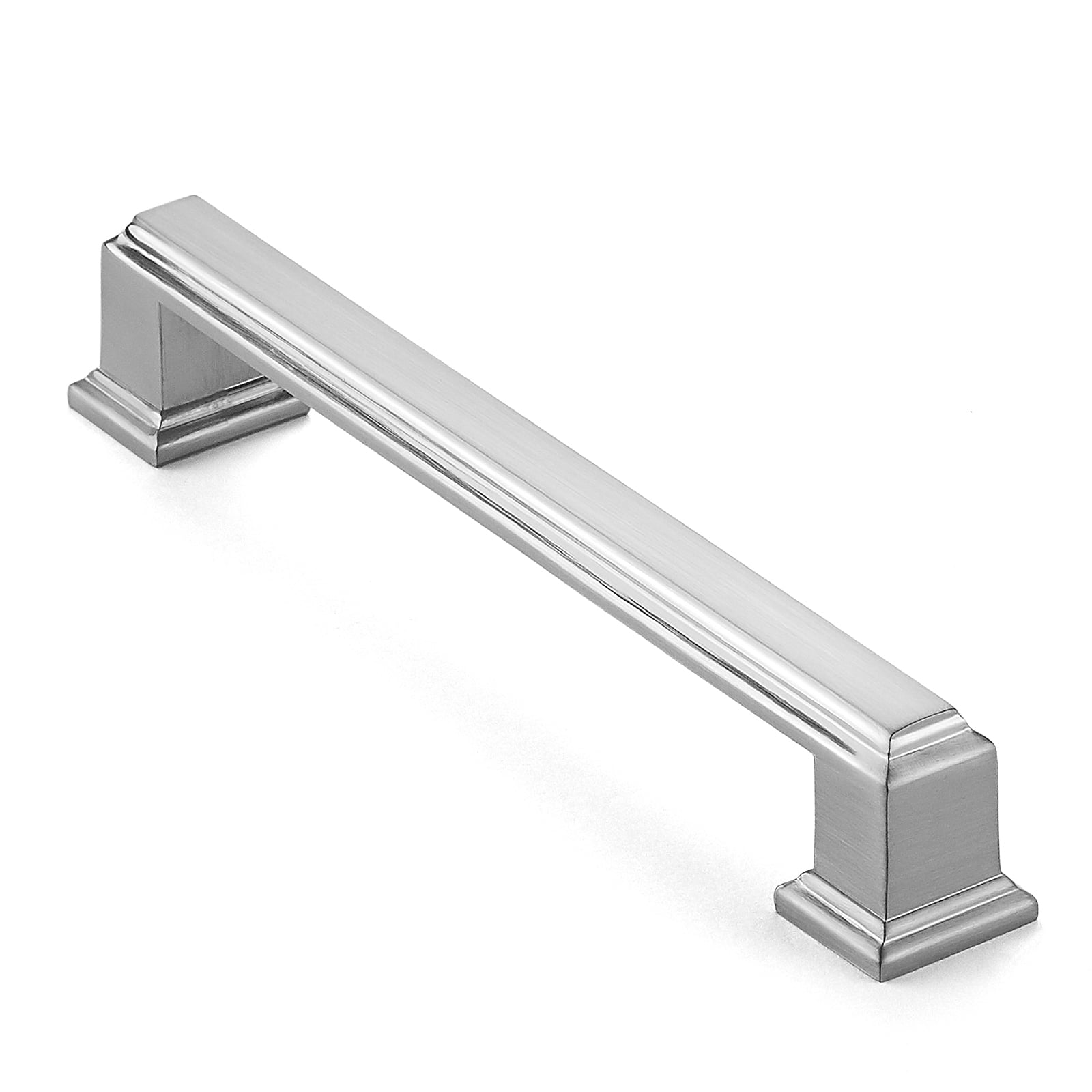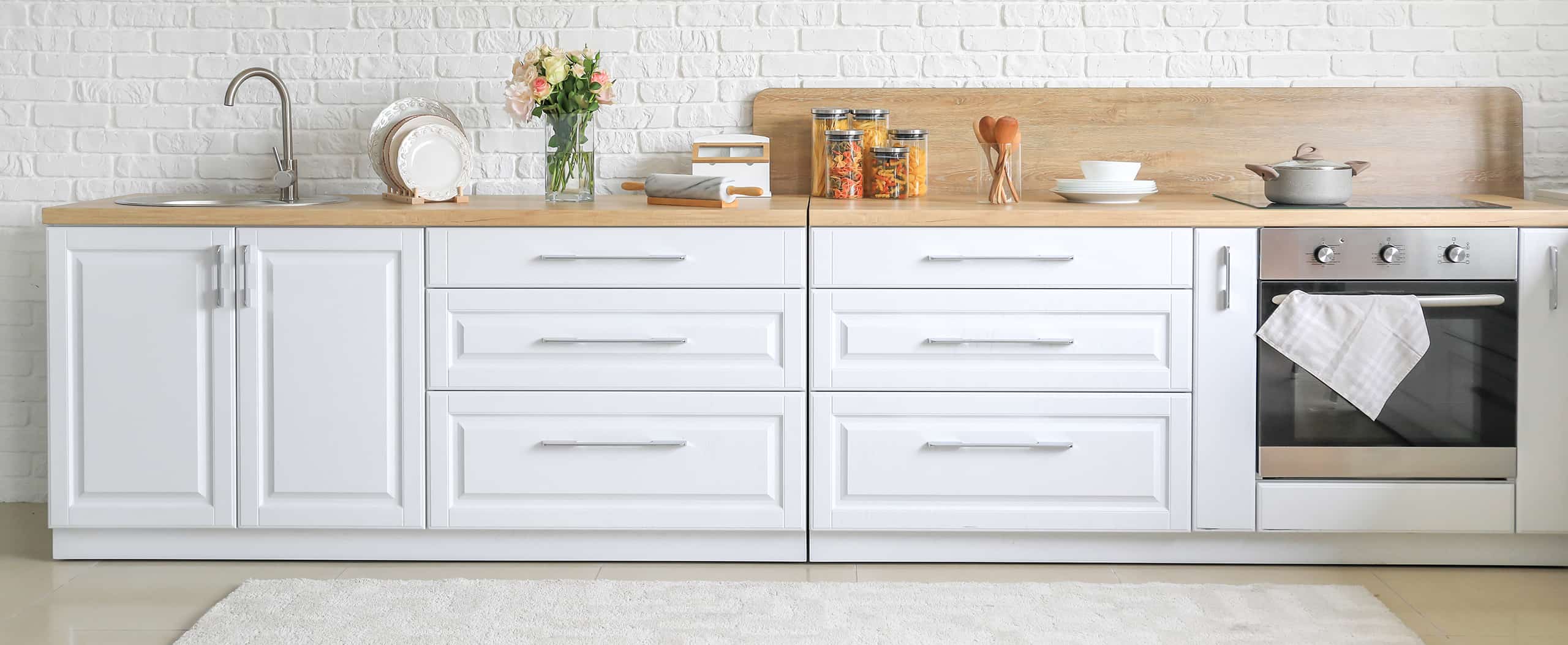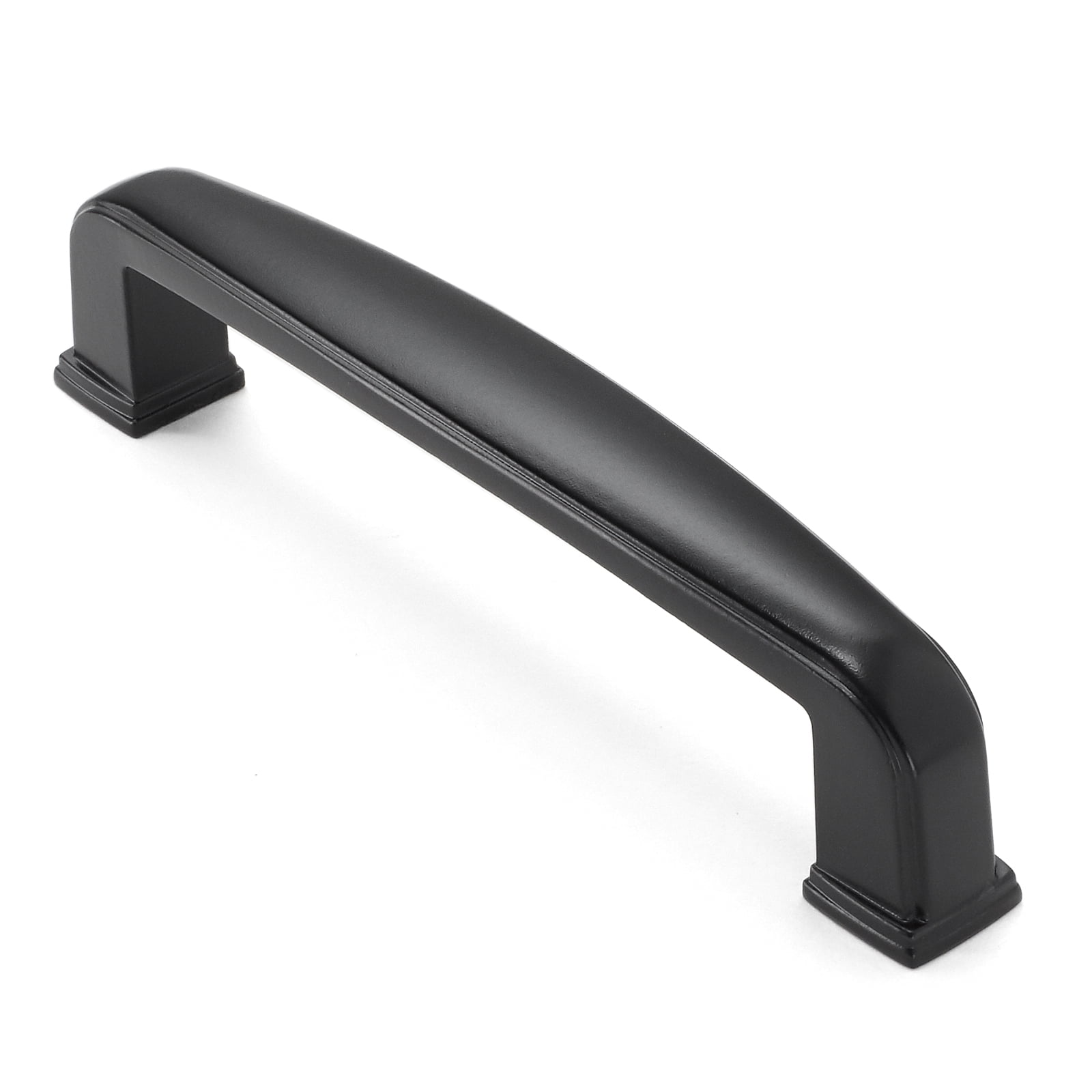Popular Kitchen Cabinet Handle Styles of 2018: Kitchen Cabinet Handles 2018

The year 2018 witnessed a fascinating interplay of classic and contemporary design trends in kitchen cabinetry, with handle styles playing a pivotal role in shaping the overall aesthetic. The choices homeowners made reflected a desire for both functionality and visual appeal, leading to a diverse yet focused selection of popular handle types. These styles, while seemingly simple, revealed much about the evolving tastes of the time.
Prevalence of Cabinet Handle Styles in 2018
Three handle styles dominated 2018 kitchen designs: cup pulls, bar pulls, and knobs. Each offered unique advantages in terms of ergonomics, visual impact, and suitability for different kitchen styles. The materials and finishes used further enhanced their versatility, allowing homeowners to personalize their spaces to reflect individual preferences.
Aesthetic Appeal of Cup Pulls, Bar Pulls, and Knobs
Cup pulls, with their recessed design, offered a sleek, modern feel, often incorporated into minimalist or contemporary kitchens. Their clean lines and smooth surfaces contributed to a sense of understated elegance. Bar pulls, on the other hand, provided a more substantial and tactile experience, lending themselves well to transitional and farmhouse styles. Their length offered a comfortable grip, particularly for larger cabinets. Knobs, though seemingly simple, added a touch of classic charm or playful whimsy depending on their design and material. They were frequently used in traditional, rustic, and even some modern kitchens, depending on their size, shape, and finish. For instance, small, subtly designed knobs might complement a modern kitchen’s sleek aesthetic, while larger, ornate knobs could enhance a traditional setting.
Handle Style Characteristics and Kitchen Style Pairing
| Handle Style | Material | Finish | Typical Kitchen Style |
|---|---|---|---|
| Cup Pull | Brushed Nickel, Stainless Steel, Matte Black | Matte, Satin, Polished | Modern, Contemporary, Minimalist |
| Bar Pull | Brushed Brass, Oil-Rubbed Bronze, Stainless Steel | Matte, Satin, Polished | Transitional, Farmhouse, Industrial |
| Knob | Ceramic, Porcelain, Wood, Metal | Various, depending on material | Traditional, Rustic, Modern (with minimalist designs) |
Trends in Kitchen Cabinet Handle Finishes (2018)

The year 2018 witnessed a fascinating interplay of classic and contemporary aesthetics in kitchen design, with cabinet hardware playing a pivotal role in shaping the overall look and feel. The choice of handle finish subtly, yet powerfully, influenced the mood and style of the space, reflecting the homeowner’s personal taste and design sensibilities. This exploration delves into the top finishes that defined 2018 kitchen trends.
The popularity of specific metal finishes for kitchen cabinet handles in 2018 was driven by a confluence of factors, including the resurgence of industrial-chic styles, the enduring appeal of transitional designs, and a growing preference for versatile, long-lasting materials. These finishes offered a balance between visual impact and practicality, seamlessly integrating into diverse kitchen aesthetics.
Top Three Metal Finishes for Kitchen Cabinet Handles in 2018
Matte black, brushed nickel, and oil-rubbed bronze emerged as the dominant forces in 2018’s kitchen handle landscape. Matte black offered a sophisticated, modern edge, while brushed nickel provided a clean, timeless appeal. Oil-rubbed bronze, with its warm, aged patina, brought a touch of rustic charm. The enduring appeal of these finishes stemmed from their versatility; they complemented a wide range of cabinet styles and kitchen designs, from minimalist modern to traditional farmhouse. Their durability also contributed to their popularity, ensuring long-lasting beauty and functionality.
Matte Black, Brushed Nickel, and Oil-Rubbed Bronze Finishes in 2018 Kitchen Designs
Matte black finishes lent a striking, contemporary edge to kitchens. Their sleek, understated elegance paired well with clean lines and minimalist designs, creating a sophisticated and subtly dramatic atmosphere. Brushed nickel, with its subtle sheen and slightly textured surface, provided a more neutral and versatile option, complementing both traditional and modern styles. Its reflective quality added a touch of brightness to the space without being overly flashy. Oil-rubbed bronze offered a warmer, more rustic alternative, adding depth and character to kitchens with traditional or transitional styles. Its aged appearance suggested a sense of history and craftsmanship, creating a welcoming and inviting atmosphere.
Kitchen Vignettes Showcasing Different Handle Finishes, Kitchen cabinet handles 2018
The impact of handle finish on overall kitchen aesthetics is undeniable. To illustrate this, consider three distinct kitchen vignettes, each showcasing a different handle finish:
Kitchen cabinet handles 2018 – Vignette 1: Matte Black Modern Kitchen
- Style: Minimalist Modern
- Color Palette: Crisp white cabinetry, dark gray countertops, black accents
- Key Design Elements: Sleek, flat-panel cabinets, stainless steel appliances, pendant lighting, minimalist backsplash
Vignette 2: Brushed Nickel Transitional Kitchen
- Style: Transitional
- Color Palette: Creamy white cabinets, light gray countertops, warm wood accents
- Key Design Elements: Shaker-style cabinets, mixed metal hardware, subway tile backsplash, natural light
Vignette 3: Oil-Rubbed Bronze Farmhouse Kitchen
- Style: Rustic Farmhouse
- Color Palette: Warm white cabinets, butcher block countertops, dark wood accents
- Key Design Elements: Raised-panel cabinets, open shelving, exposed beams, vintage-inspired lighting
Impact of Handle Choice on Kitchen Design (2018)

The seemingly insignificant detail of a kitchen cabinet handle held surprising power in shaping the overall aesthetic and functionality of 2018 kitchens. Far from mere hardware, handle selection dictated the perceived scale of cabinetry, influenced visual balance, and even subtly affected the user experience. The interplay of size, shape, and placement created a silent narrative, whispering stories of intention and design philosophy.
The size and shape of cabinet handles significantly impacted the overall look and feel of 2018 kitchens. Larger, more substantial handles, such as substantial cup pulls or oversized bar pulls, lent a sense of grandeur and opulence, particularly effective in larger kitchens with expansive cabinetry. Conversely, smaller, more delicate knobs or minimalist bar pulls created a sense of understated elegance, ideal for smaller kitchens or those with a contemporary design aesthetic. The perceived scale of the cabinetry itself was directly influenced; large handles visually minimized the cabinetry, while smaller handles emphasized the size and prominence of the cabinets. Imagine a sleek, minimalist kitchen with small, brushed nickel knobs – the clean lines of the cabinets are highlighted. Now picture the same kitchen with oversized, ornate cup pulls – the focus shifts, and the cabinets appear less imposing.
Handle Size and Perceived Cabinet Scale
In 2018, the relationship between handle size and the perceived scale of kitchen cabinetry was a key consideration for designers. For instance, a large, ornate handle on a smaller cabinet could create a visually disproportionate effect, making the cabinet appear smaller than intended. Conversely, a small, minimalist handle on a large cabinet could make the cabinet appear even larger and more imposing. This subtle manipulation of visual perception was a deliberate design choice, allowing designers to control the overall feel of the space. Consider the impact of using small, understated knobs on large, expansive cabinets in a farmhouse-style kitchen. The overall effect is one of spaciousness and airy elegance, contrasting sharply with the use of large, bold handles which might overwhelm the space.
Handle Placement and Visual Balance
The placement of cabinet handles – centered, offset, or even completely concealed – played a crucial role in achieving visual balance and enhancing functionality. Centered handles provided a symmetrical and classic look, while offset handles introduced a touch of asymmetry and visual interest. Offset placement, often seen in contemporary designs, can create a sense of movement and dynamism, breaking up the monotony of perfectly aligned handles. The functionality was also affected; offset handles might be more ergonomically advantageous on taller cabinets, allowing for easier access. A kitchen with uniformly centered handles projects a sense of order and calm, whereas one with strategically offset handles can feel more dynamic and personalized. The subtle shift in placement could completely alter the perception of balance and flow within the kitchen design.
Impact of Handle Style on Overall Kitchen Design
[Insert Placeholder for Article Text Here] (This section requires the article text to be provided to be rewritten as instructed.)
